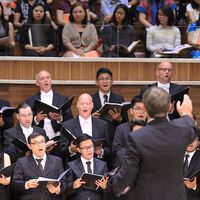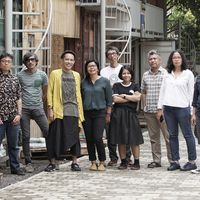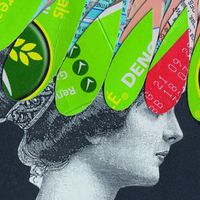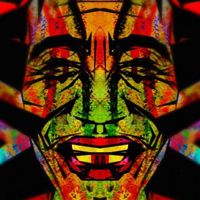Indonesia-India: arts frameworks best practices
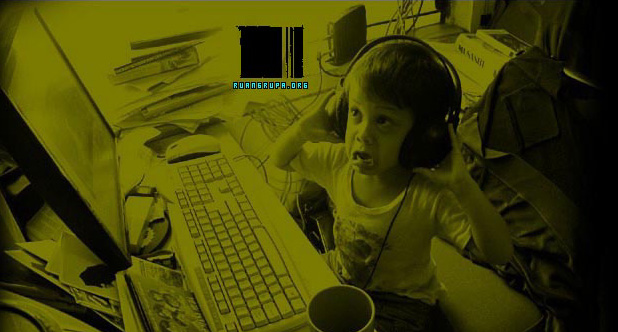
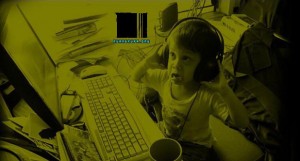 The following brief interviews of Mirwan Andan, Researcher, Ruangrupa (Artist Inditiative) Jakarta, Indonesia and Tushar Jiwrajka, Director – volte gallery, Mumbai, India have been conducted simultaneously using a similar set of questions so as to evaluate an emerging “best practices” in the arts frameworks of Indonesia and India. In the face of limited government support for the development of art and culture and a sorely lacking public arts infrastructure in both countries these galleries seem to be forging ahead with an aim to fill these gaps through their programming, artist selection and parallel events.
The following brief interviews of Mirwan Andan, Researcher, Ruangrupa (Artist Inditiative) Jakarta, Indonesia and Tushar Jiwrajka, Director – volte gallery, Mumbai, India have been conducted simultaneously using a similar set of questions so as to evaluate an emerging “best practices” in the arts frameworks of Indonesia and India. In the face of limited government support for the development of art and culture and a sorely lacking public arts infrastructure in both countries these galleries seem to be forging ahead with an aim to fill these gaps through their programming, artist selection and parallel events.Mirwan Andan, Researcher, Ruangrupa (Artist Initiative) Jakarta, Indonesia
C360 - What would you describe as the focus of your gallery in terms of your approach to programming and the choice of artists?
MA - The RURU Gallery (name of the gallery is an abbreviation from Ruang rupa (an artist initiative)) is aimed at young artists who have no access to mainstream galleries. Generally established galleries in Indonesia and in Jakarta especially, only exhibit the works of famous/established artists. The artists we choose are mostly non-commericial in their approach and work in new mediums such as video, installation and graphic design. This gallery was begun in 2008 and we have 6 regular exhibitions in a year. However it is also opened for exhibitions which are not in the schedule, as long as the ideas are suitable to Ruang rupa’s vision and mission.
C360 - Have there been any challenges in promoting an art space/organisation such as Ruangrupa in Indonesia and what kind of audience development have you planned for this space?
MA -The challenges are mostly when to draw attentions from art critics. There are only few art critics who pay much attention to artist initiatives, like Ruang rupa. That’s why we have a program from 2008 to run a two week workshop on art criticism for visual art and culture, where participants from different islands in Indonesia have been invited, from different backgrounds and fields of study, such as Philosophy, Architecture, International Relations and Mass Communications.
The audience we hope to develop are young people (students from senior high school and universities, ngo’s activists, and young emerging artists). For example, from 2004, we have organised a festival called Jakarta 32 Degrees Festival, where the works of students from Universities around Jakarta will be exhibited. Another example of our attempt at broadening our scope is cooperation with Ngo’s that work for human right issues. In 2009, there was an exhibition held by Ruang rupa in cooperation with an Ngo called Elsam, ISSI and KontraS, where the aim of the exhibition was to remind people about the human right crimes in the past in Indonesia.
C360 - What are some the shows, events and opportunities (in terms of artist interactions) that we can look forward to from Ruangrupa this year?
MA -There will be six exhibitions at the gallery and an anniversary of Ruangrupa on the 10th December 2010, where we have planned a two week exhibition and festival. This will include a festival for college students in Jakarta (The 4th Jakarta 32 Degrees Festival). During the festival, many young artists will be invited to exhibit their works. There will be also seminars and workshops where artists will share their experiences. In addition workshops on criticism in visual arts and culture and curatorial workshops will also be held this year 2010, where artists will be invited to speak.
Tushar Jiwrajka, Director – volte, Mumbai, India
C360 - What would you describe as the focus of your gallery in terms of your approach to programming and the choice of artists?
TJ - Our gallery is focussed on experimental and new media art. We engage heavily with the artists that we work with and are involved with their projects right from the conceptual stages to final execution. In terms of programming, we tend to keep a mix of established and younger artists, but the focus is on artists who are experimenting and trying new things.
C360 - Have there been any challenges in promoting an art space such as Volte in India and what kind of audience development have you planned for this space?
TJ -Definitely there have been challenges. The community that is engaged with conceptual and new media art in India is very small. The collector base is handful and institutional/governmental support is nil. Therefore, we decided to think out of the box. We want to engage young audiences with new media art. This is why we have a cafe and bookshop. We also have an extensive events programme to educate the audience through talks, workshops, film screenings. We also have the various international art magazines like Art Review, Art Forum and Frieze available at the volte bookshop, not available anywhere else in India! In the long run, more people will understand and appreciate what we are doing.
C360 - What are some the shows, events and opportunities (in terms of artist interactions) that we can look forward to from Volte?
TJ -In terms of shows we have a solid programme of group and solo shows coming up. One artist we are very excited about is Ansuman Biswas, a UK based video and performance artist, whose works include making underwater sculptures in the Red Sea, flying as a genie onboard a zero gravity flight and spending 10 days in a light proof sound proof box in a gallery without any food. We will have his solo show in September. We will be having a group show of contemporary art from Tibet. We will also be doing a solo show with Ranbir Kaleka, one of India's foremost video artists. For events, we have various film screenings planned related to the contemporary art world, including the Art 21 TV series which shows various internationally acclaimed artists working in their studios and talking about their works. Also programmes like Shock of the New, an 8 part series which traces the history of Modern and Contemporary Art. We will also have various sound gigs and experimental jam sessions at the space. And a lot more! Stay tuned!
In the final analysis it is evident that in seeking to promote young and new media artists both galleries are indeed attempting to establish platforms for new ideas and experimentation. By working with artists from the initial stages of their creative endeavours these galleries are providing support that should ideally have been forthcoming from an institutional/government side. Another factor that seems to be common for both galleries seems to be the need to educate audiences. The workshops, seminars and festivals planned for the year ahead are the basis for doing just that, enhancing the much needed dialogue and art criticism in the art communities of these emerging art scenes.
Useful Links:
http://www.ruangrupa.org/
http://www.volte.in/
Similar content
from - to
04 Jun 2016 - 18 Sep 2016
from - to
01 Oct 2015 - 08 Nov 2015
posted on
08 Jun 2016
deadline
31 Aug 2011

